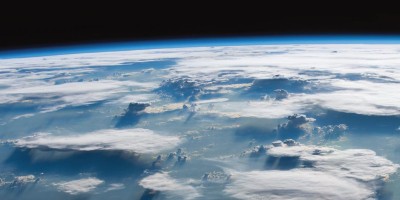An integrated model of mineral weathering and carbon cycling reveals the substantial influence that clay minerals originating from the weathering of magnesium-rich rocks have on Earth’s climate. This research indicates that this clay-forming process contributed to each Palaeozoic glaciation.

References
Macdonald, F. A. et al. Arc-continent collisions in the tropics set Earth’s climate state. Science 364, 181–184 (2019). This paper shows a correlation between arc–continent collisions and glacial climates over the past 540 million years.
Kennedy, M. J. et al. Mineral surface control of organic carbon in black shale. Science 295, 5555 (2002). This work shows a strong link between clay surface area and the preservation of organic carbon in sedimentary rocks.
Alcott, L. J. et al. Earth’s Great Oxidation Event facilitated by the rise of sedimentary phosphorus recycling. Nat. Geosci. 15, 3 (2022). A review article that discusses the evolution of Earth’s atmosphere and the rise of oxygen in relation to photosynthesis and nutrients.
Milliman, J. D. & Farnsworth K. L. River Discharge to the Coastal Ocean: A Global Synthesis (Cambridge Univ. Press, 2013). This book compiles known water and sediment delivery by Earth’s rivers.
Ehlmann, B. L. et al. Identification of hydrated silicate minerals on Mars using MRO‐CRISM: Geologic context near Nili Fossae and implications for aqueous alteration. J. Geophys. Res. Planets 114, E2 (2009). A research article that shows evidence for abundant clay minerals around the ancient, ultramafic regions of Mars.
Additional information
Publisher’s note Springer Nature remains neutral with regard to jurisdictional claims in published maps and institutional affiliations.
This is a summary of: Murray, J. & Jagoutz, O. Palaeozoic cooling modulated by ophiolite weathering through organic carbon preservation. Nat. Geosci. https://doi.org/10.1038/s41561-023-01342-9 (2023).
Rights and permissions
About this article
Cite this article
Clay minerals store organic carbon and cool Earth’s climate over millions of years. Nat. Geosci. 17, 8–9 (2024). https://doi.org/10.1038/s41561-023-01353-6
Published:
Issue Date:
DOI: https://doi.org/10.1038/s41561-023-01353-6
- Springer Nature Limited


